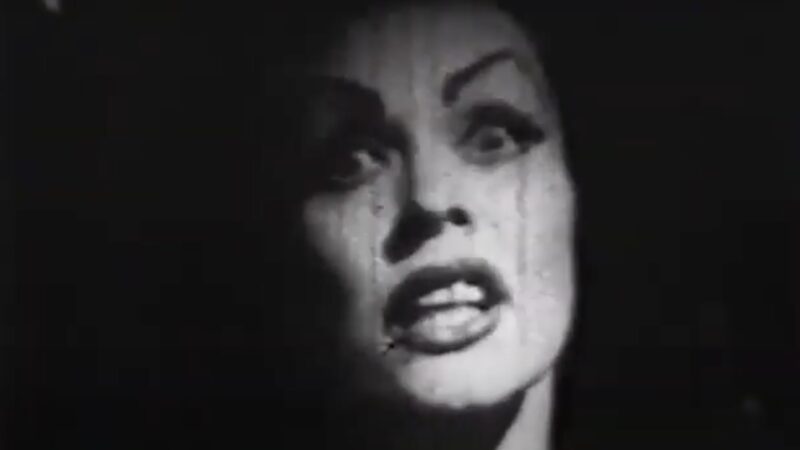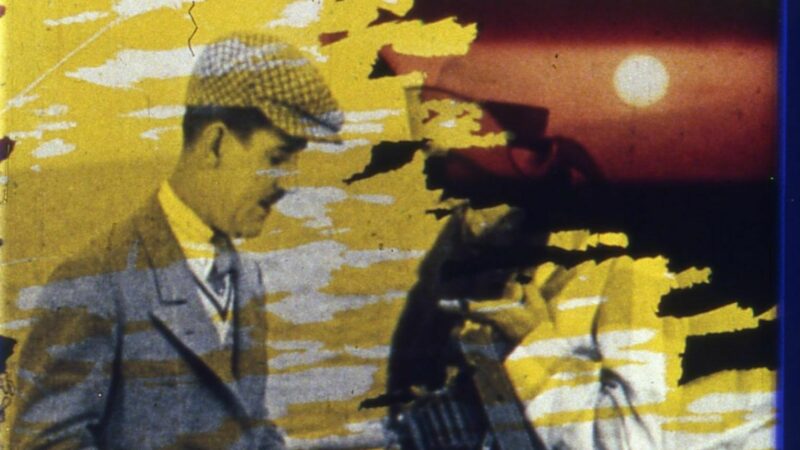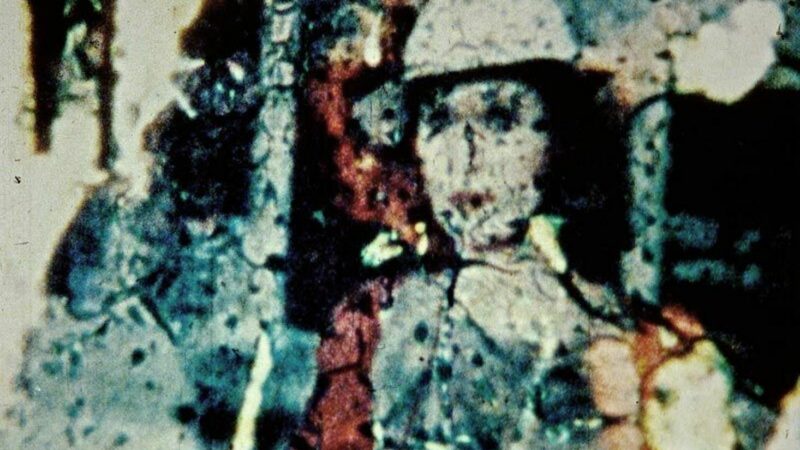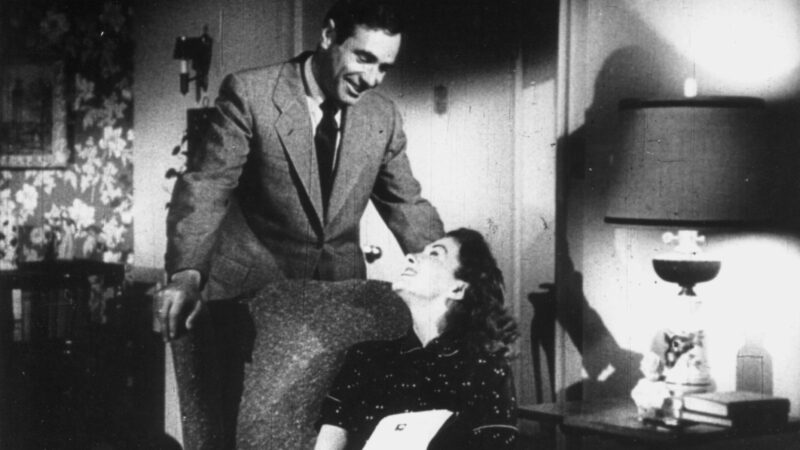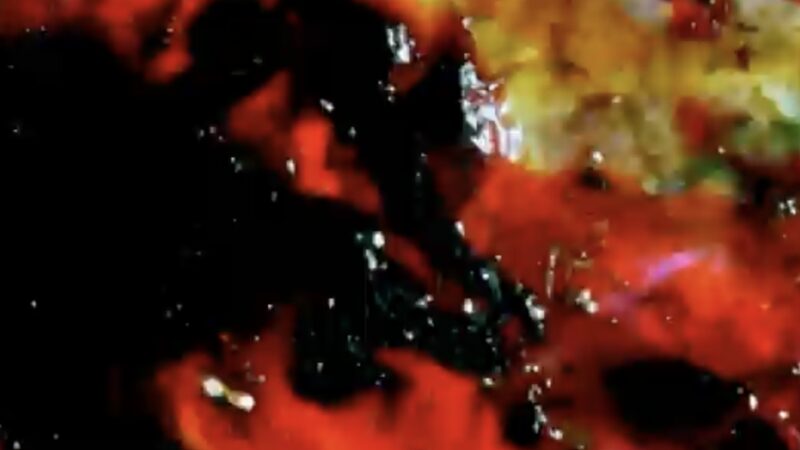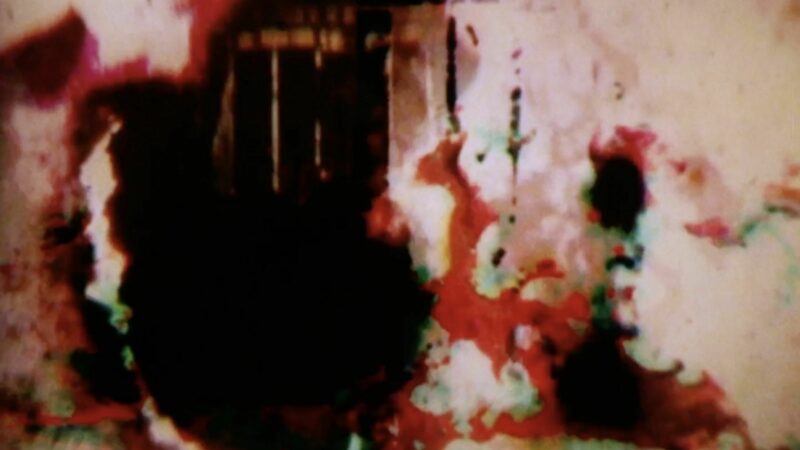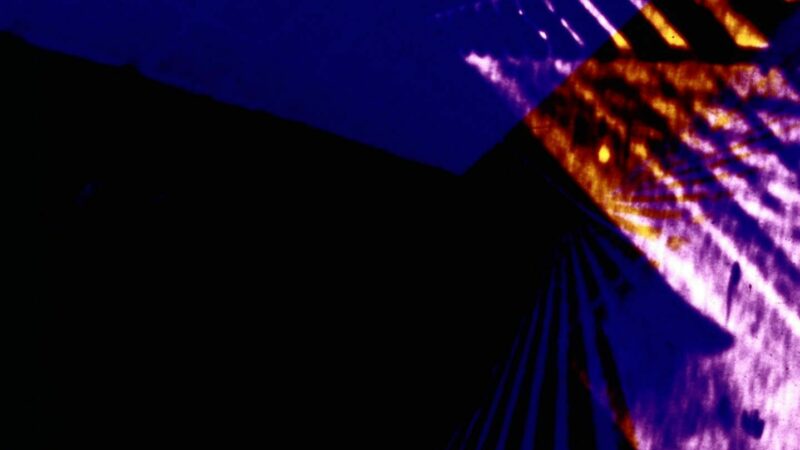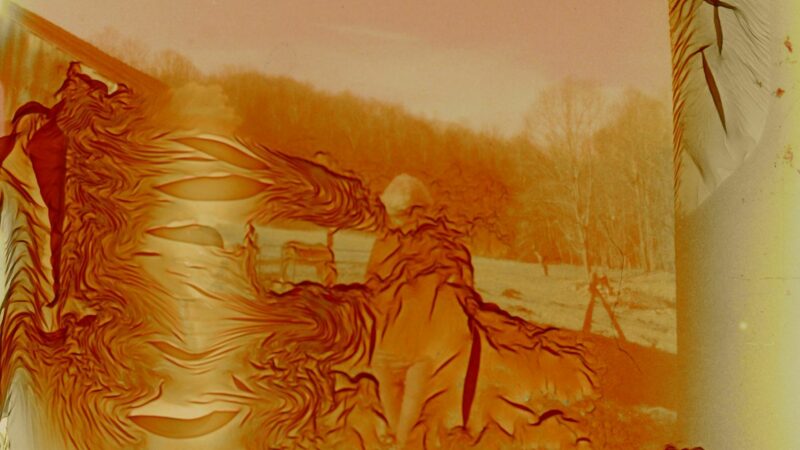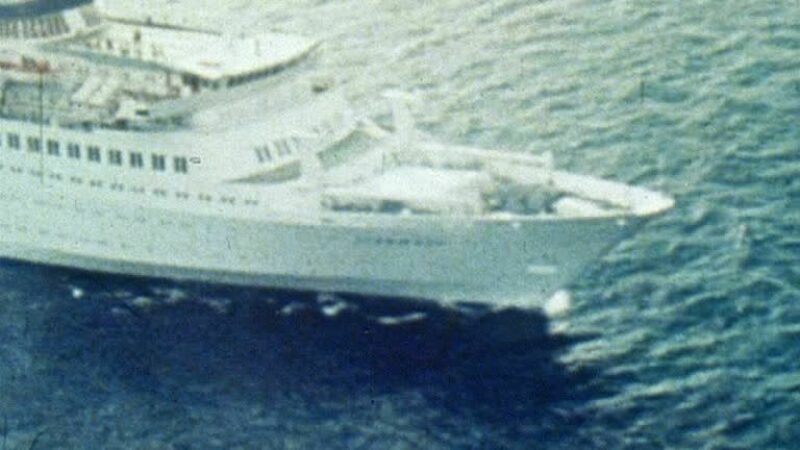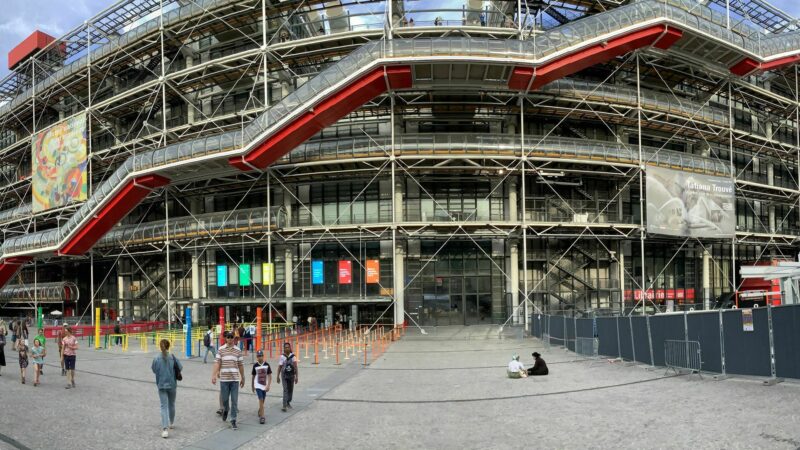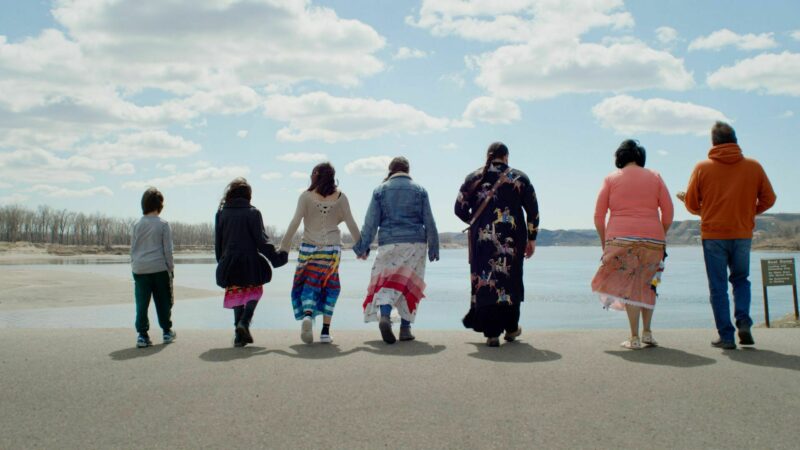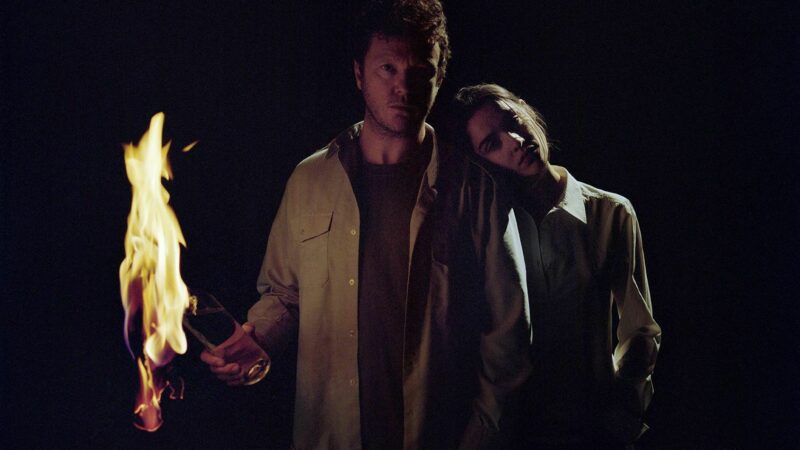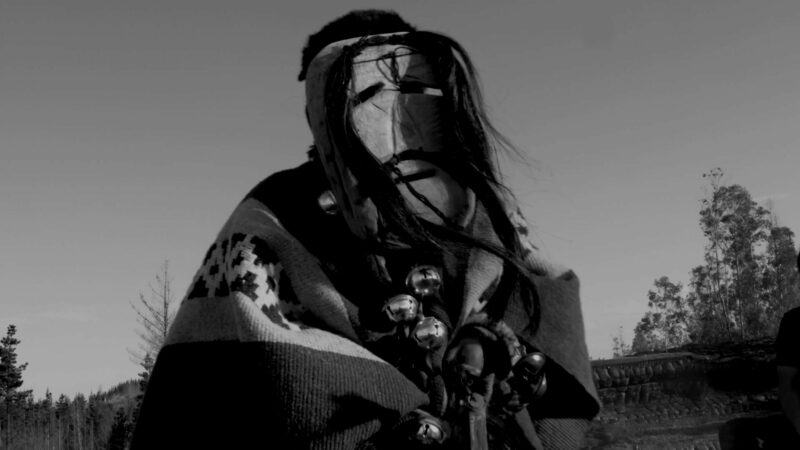
Présenté en salle uniquement.
Ce film fait partie du programme Carte Blanche à Concordia Parcours / Pathways.
Ce documentaire illustre le chemin d’un jeune homme déterminé à réaliser ses rêves malgré les défis liés à sa condition neurologique. Utilisant des techniques de montage innovantes, le film dévoile les aspirations, les idéaux, et les problématiques rencontrées par une importante partie des hommes en Amérique. Une œuvre éducative, avec une bande sonore réalisée par l’orchestre DEVO.
Mongoloïde, il était mongoloïde, plus heureux que toi et moi.
Mongoloïde, il était mongoloïde, et cela déterminait ce qu’il pouvait voir.
Mongoloïde, il était mongoloïde, un chromosome en trop.
Et il portait un chapeau, et il avait un travail
Et il ramenait du bacon à la maison pour que personne ne sache
© 1977 DEVO
Ce film fait partie du programme Carte Blanche à Concordia Parcours / Pathways.
Ce documentaire illustre le chemin d’un jeune homme déterminé à réaliser ses rêves malgré les défis liés à sa condition neurologique. Utilisant des techniques de montage innovantes, le film dévoile les aspirations, les idéaux, et les problématiques rencontrées par une importante partie des hommes en Amérique. Une œuvre éducative, avec une bande sonore réalisée par l’orchestre DEVO.
Mongoloïde, il était mongoloïde, plus heureux que toi et moi.
Mongoloïde, il était mongoloïde, et cela déterminait ce qu’il pouvait voir.
Mongoloïde, il était mongoloïde, un chromosome en trop.
Et il portait un chapeau, et il avait un travail
Et il ramenait du bacon à la maison pour que personne ne sache
© 1977 DEVO
Séance
• Université Concordia - J.A. de Sève, LB-125, Pavillon J. W. McConnell
Vendredi 21 mars 2025, 20:00 — 21:36
Réalisation
Bruce Conner
Disponible en anglais uniquement.
Bruce Conner (November 18, 1933 – July 7, 2008) was an American artist renowned for his work in film, assemblage, drawing, sculpture, painting, collage, photography, and conceptual pranks. Born in McPherson, Kansas and raised in Wichita, he attended Wichita State and got his BFA from Nebraska University in 1956, where he met and married Jean Sandstedt in 1957 before transplanting to San Francisco.
Initially known for his assemblage, Conner turned to film with A MOVIE in 1958, and other media soon after, with a freewheeling curiosity and resistance to pigeonholing that would last throughout his lifetime. He was an intensely focused artist whose tremendous discipline and skill was sometimes obscured by an irreverent playfulness, and a wildly diverse and frenetic output. Conner achieved much fame but showed little interest in its trappings, often refusing to be photographed, and occasionally not signing his work. For his “Who’s Who in American Art” entry, he sent a notice of his death, and he exhibited a series of his collages under the name of his friend, Dennis Hopper.
In San Francisco, Conner and friends including Joan Brown, Jay De Feo, Manuel Neri, and Wallace Berman were associated with Beat and post-Beat movements, but also formed their own collective, the Rat-Bastard Protective Association. After a two-year sojourn in Mexico and other travels in the mid-1960’s, Conner returned to San Francisco and went into a period of exile from 1967 to 1971, when he quit exhibiting or teaching art. Upon ending this hiatus he returned to more public practice, making some of his most mature films, including CROSSROADS and TAKE THE 5:10 TO DREAMLAND, as well as continuing his work in diverse media.
Despite his efforts to ensure the contrary, Conner’s reputation has only expanded over the years. His contributions to cinema stand among his greatest achievements. Many attribute the birth of the music video to his 1961 film COSMIC RAY, as well as his more direct forays into the form in AMERICA IS WAITING (for David Byrne and Brian Eno) and MEA CULPA (with Devo). A MOVIE has achieved canonicity, and is today taught in introductory film history courses across the world. Key exhibitions include the seminal “2000 BC : The Bruce Conner Story Part II” retrospective at the Walker Art Center, which was expanded upon in the highly lauded “BRUCE CONNER : IT’S ALL TRUE,” organized by the San Francisco Museum of Modern Art (SFMOMA). The survey opened at the Museum of Modern Art, New York, in July 2016 and traveled to SFMOMA and the Museo Reina Sofia, Madrid. Conner is today recognized as one of the most important American artists of the 20th century.
Notes biographiques fournies par l’équipe du film et éditées par Le FIFA
Bruce Conner (November 18, 1933 – July 7, 2008) was an American artist renowned for his work in film, assemblage, drawing, sculpture, painting, collage, photography, and conceptual pranks. Born in McPherson, Kansas and raised in Wichita, he attended Wichita State and got his BFA from Nebraska University in 1956, where he met and married Jean Sandstedt in 1957 before transplanting to San Francisco.
Initially known for his assemblage, Conner turned to film with A MOVIE in 1958, and other media soon after, with a freewheeling curiosity and resistance to pigeonholing that would last throughout his lifetime. He was an intensely focused artist whose tremendous discipline and skill was sometimes obscured by an irreverent playfulness, and a wildly diverse and frenetic output. Conner achieved much fame but showed little interest in its trappings, often refusing to be photographed, and occasionally not signing his work. For his “Who’s Who in American Art” entry, he sent a notice of his death, and he exhibited a series of his collages under the name of his friend, Dennis Hopper.
In San Francisco, Conner and friends including Joan Brown, Jay De Feo, Manuel Neri, and Wallace Berman were associated with Beat and post-Beat movements, but also formed their own collective, the Rat-Bastard Protective Association. After a two-year sojourn in Mexico and other travels in the mid-1960’s, Conner returned to San Francisco and went into a period of exile from 1967 to 1971, when he quit exhibiting or teaching art. Upon ending this hiatus he returned to more public practice, making some of his most mature films, including CROSSROADS and TAKE THE 5:10 TO DREAMLAND, as well as continuing his work in diverse media.
Despite his efforts to ensure the contrary, Conner’s reputation has only expanded over the years. His contributions to cinema stand among his greatest achievements. Many attribute the birth of the music video to his 1961 film COSMIC RAY, as well as his more direct forays into the form in AMERICA IS WAITING (for David Byrne and Brian Eno) and MEA CULPA (with Devo). A MOVIE has achieved canonicity, and is today taught in introductory film history courses across the world. Key exhibitions include the seminal “2000 BC : The Bruce Conner Story Part II” retrospective at the Walker Art Center, which was expanded upon in the highly lauded “BRUCE CONNER : IT’S ALL TRUE,” organized by the San Francisco Museum of Modern Art (SFMOMA). The survey opened at the Museum of Modern Art, New York, in July 2016 and traveled to SFMOMA and the Museo Reina Sofia, Madrid. Conner is today recognized as one of the most important American artists of the 20th century.
Notes biographiques fournies par l’équipe du film et éditées par Le FIFA
Dans la même séance
Université Concordia - J.A. de Sève, LB-125, Pavillon J. W. McConnell
Vendredi 21 mars 2025, 20:00


Vous aimerez aussi




